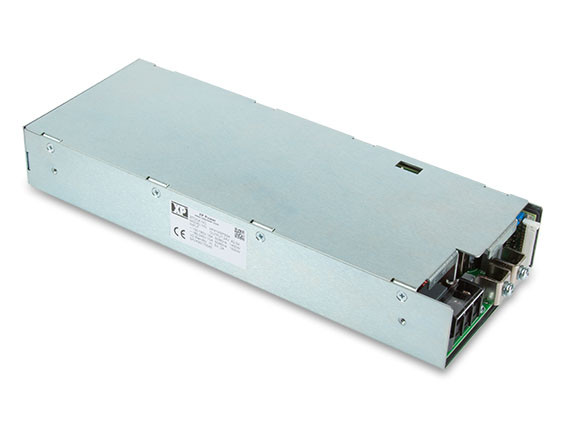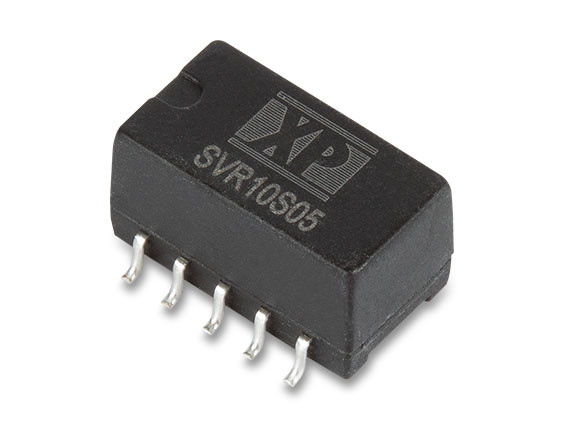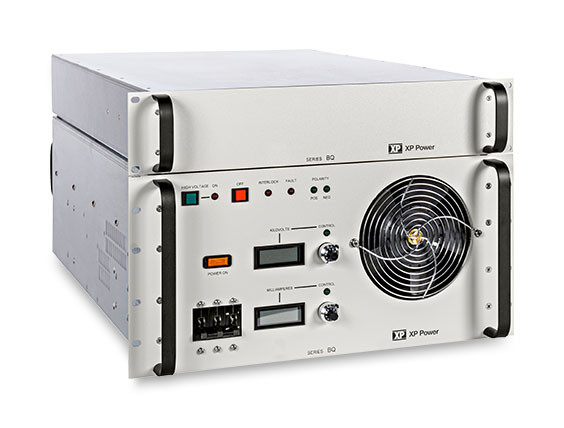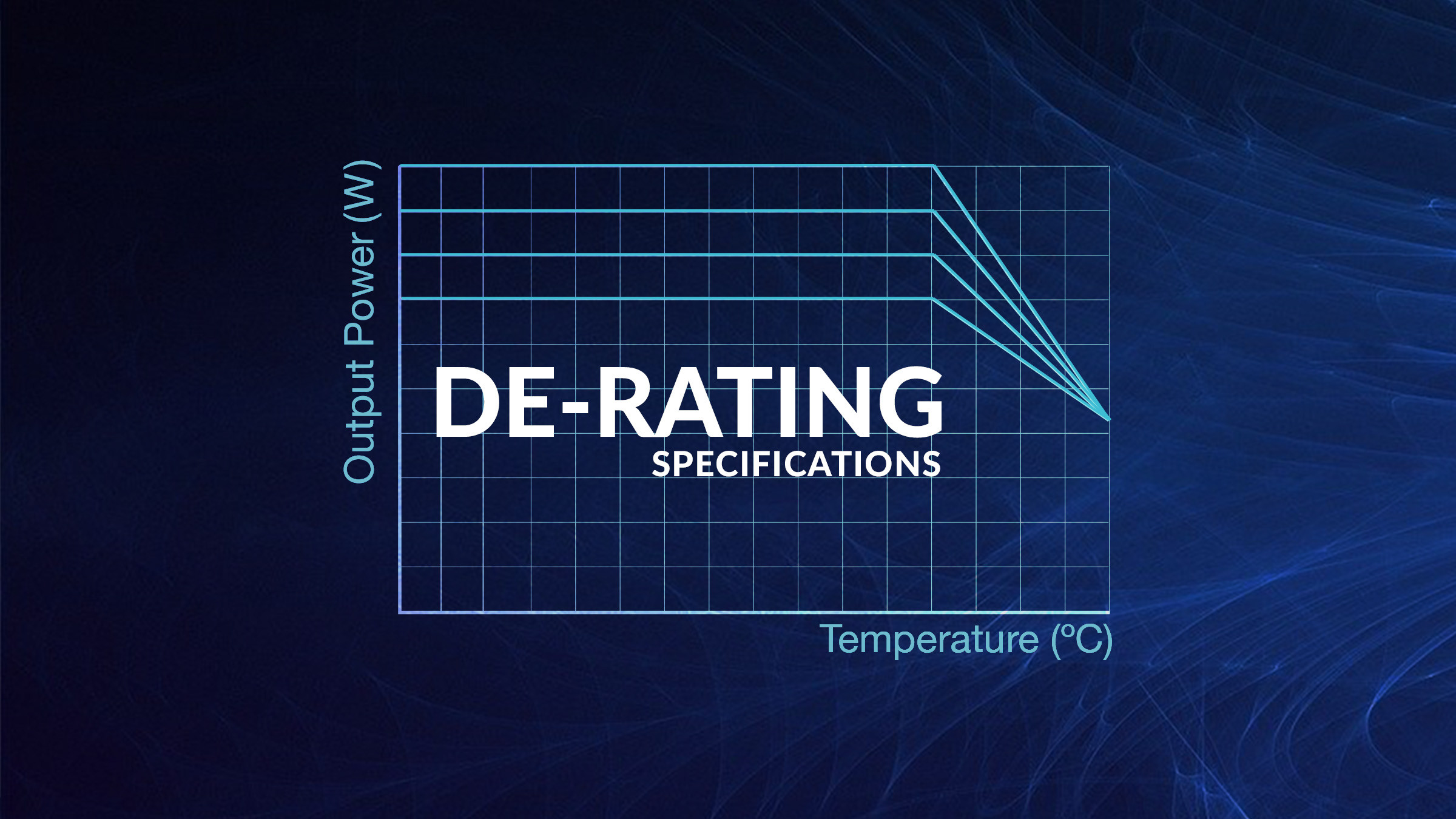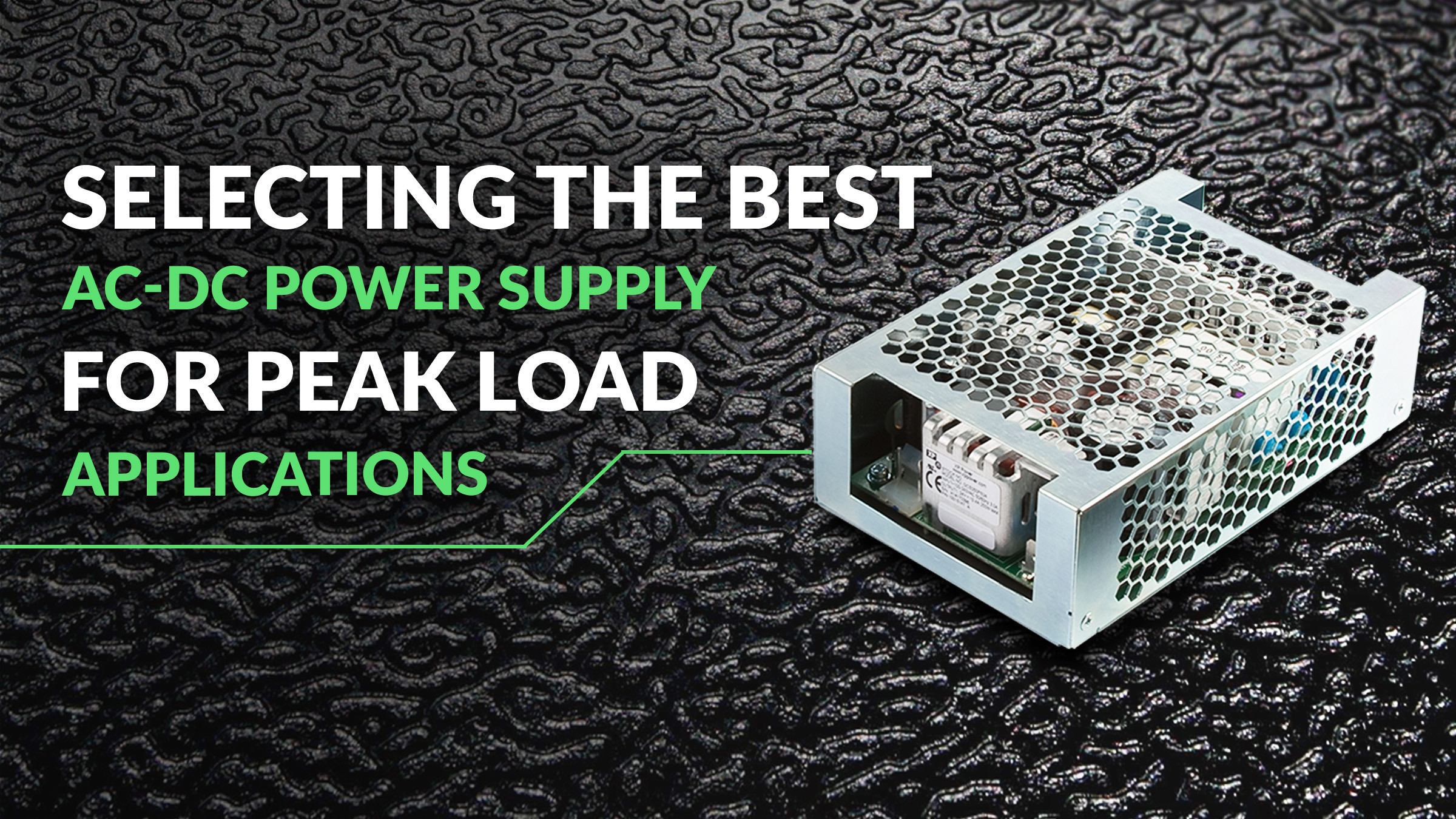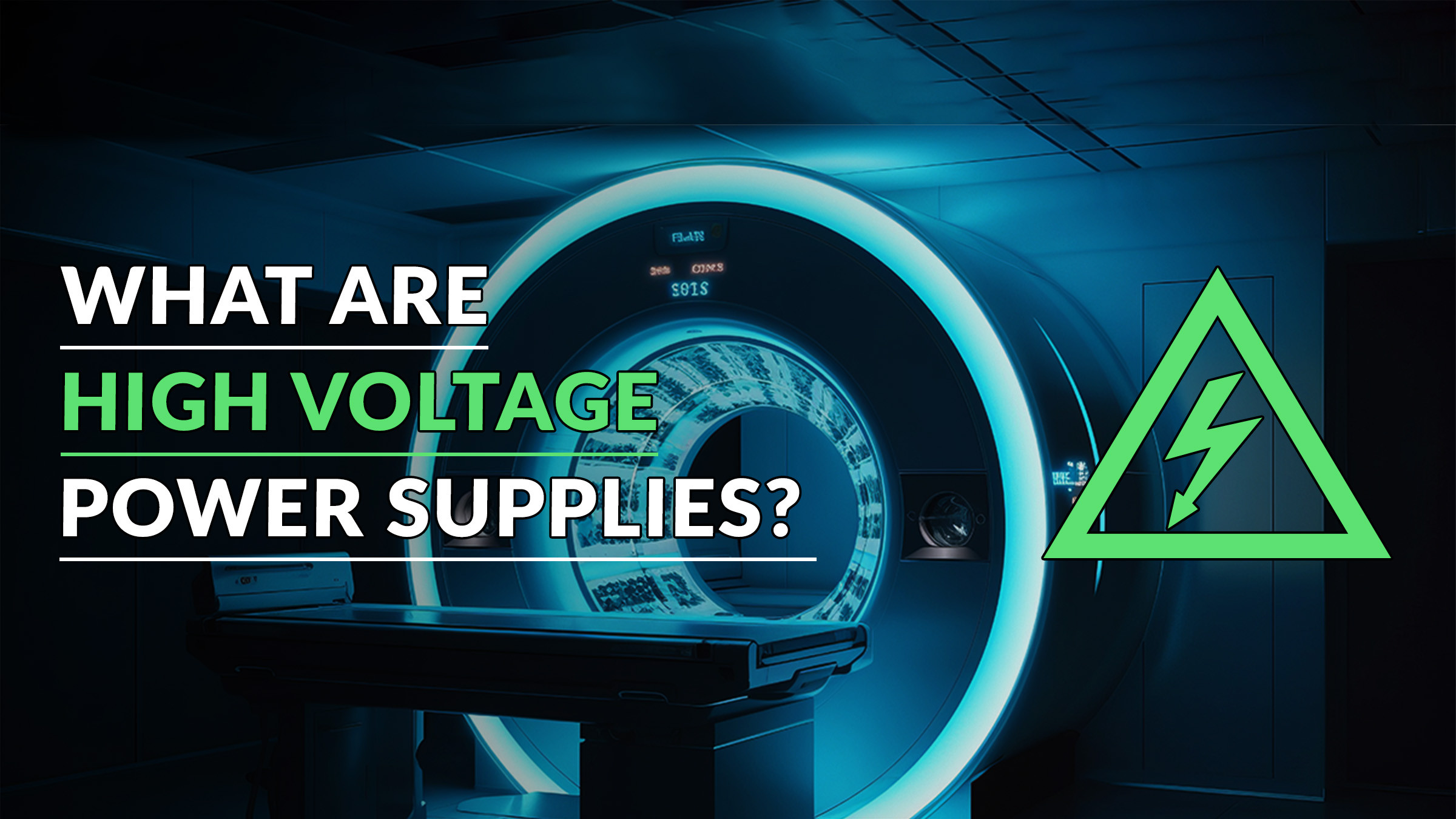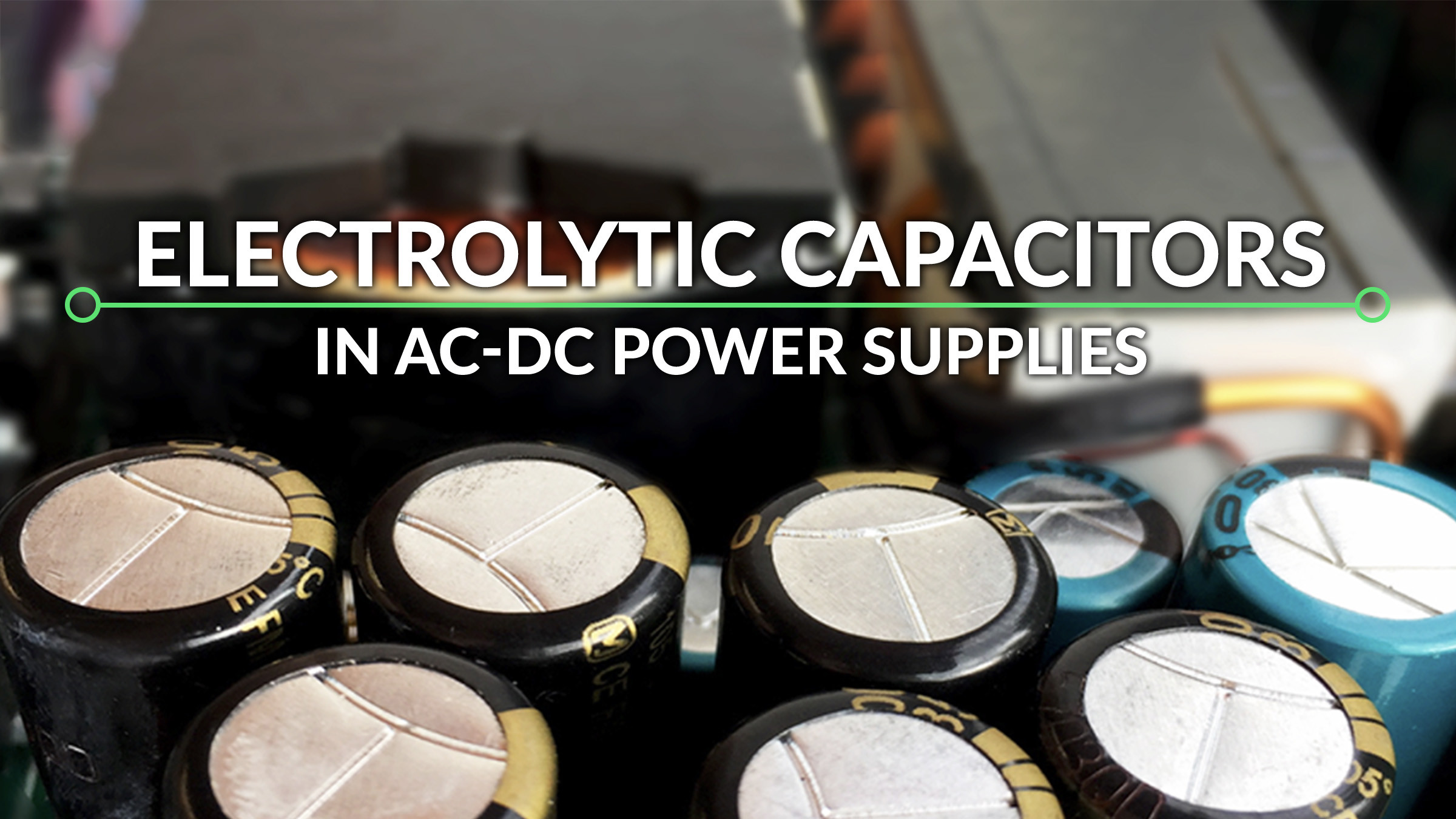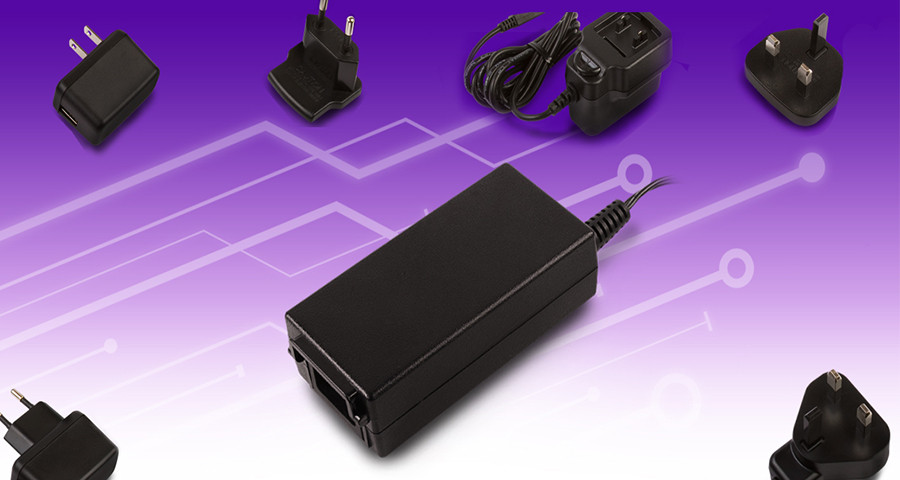
Energy efficiency legislation
Energy efficiency legislation is now in place across most regions of the world. In the main, the focus of these regulations is on the operating efficiency and the no-load “standby” power consumption of external power supplies.
Driven by the proliferation of external power supply products and the environmental impact of leaving power supplies always turned on despite the load not being in use, most legislation set limits for what is considered to be a viable no-load consumption. Being better able to control and lower the power consumed by external power supplies, whether a load is connected or not, helps to deliver a significant reduction in the environmental impact.
Energy Star & more
In the USA there are a number of bodies legislating on energy efficiency; the California Energy Commission (CEC), US Congress with its Energy Independence and Security Act (EISA) and recently the United States Department of Energy (DoE). There is also Energy Star that sets limits for electrical and electronic equipment.
In Europe, there is the Energy related Products (ErP) Directive formerly known as the Energy Using Products (EuP) directive, which is mandatory. There is also the EU Code of Conduct for external power supplies that is voluntary.
In Canada, there is Natural Resources Canada (NRCan) and in Australia the Minimum Energy Performance Standard (MEPS).
Examples of mandatory requirements written into legislation
Recently both the US DoE and the EU CoC have updated their energy efficiency standards. These changes apply to both the no-load energy consumption limit and that of the typical operating energy efficiency. At the same time the EU CoC has also added an energy efficiency requirement intended for those applications where, for most of its operating time, the load consumes a relatively small amount of power from the external power supply. Initially requiring a power supply to meet an efficiency target at a 10% load requirement, the new standard has two tiers intended to assist in defining new developments.
The DoE and EU CoC were both introduced in early 2014 with both the DoE and EU CoC tier 2 requirements coming into force in 2016. These new requirements mean both increased active mode efficiency and reduced no-load power consumption. The tables below outline the differences between the level IV and level V limits previously invoked the new DoE level VI limits and the EU CoC tier 1 & tier 2 limits with implementation dates. Notably, the DoE limits now incorporate external power supplies with an output power greater than 250W. Devices that require Federal approval as a medical device are exempt from the DoE legislation.
Energy efficiency key criteria
Delivering energy-efficient appliances to the market has become a key marketing requirement. Energy tariffs have increased significantly over the past years and together with increasing energy awareness, consumers and business buyers alike have energy efficiency as a key selection criterion.
External power supplies with both Level VI and CoC tier 2 energy efficiency ratings are readily available, including those with medical safety approvals, as market demands lead legislation.
